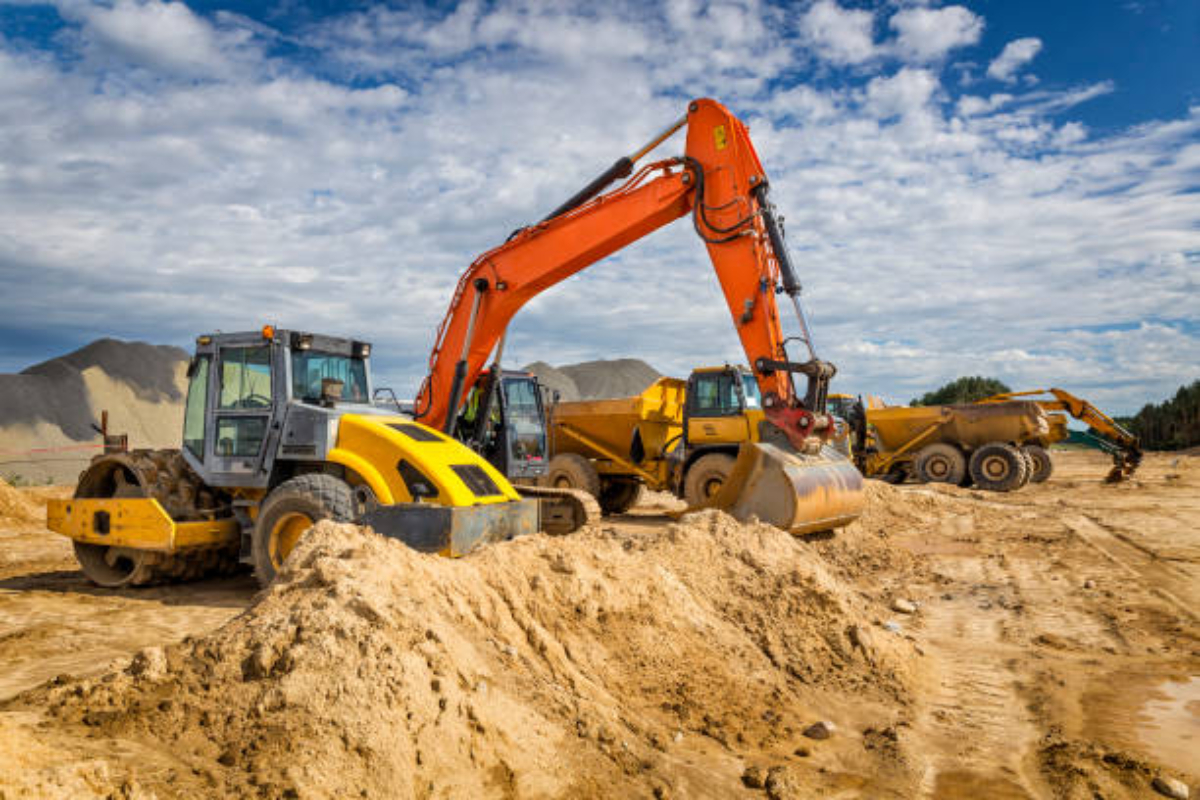Indian startups secured over $200 million in funding this week
The Indian startup ecosystem saw more than $200 million in funding this week in 25 deals -- a significant surge from nearly $116.26 million last week.
The Damodar river, a lifeline for the East and West Burdwan, Purulia and Bankura districts, is facing a severe ecological crisis that threatens the very foundation of the communities relying on it.

[Representational Photo : iStock]
The Damodar river, a lifeline for the East and West Burdwan, Purulia and Bankura districts, is facing a severe ecological crisis that threatens the very foundation of the communities relying on it. Once a thriving ecosystem supporting agriculture and industry, the river is now grappling with lower water levels, rampant sand mining and escalating pollution.
In the not-so-distant past, the Damodar was a source of prosperity for many, sustaining livelihoods through activities like coal collection and fishing. However, the scenario changed, particularly in the Santuri block of Purulia district. Residents of Madhukunda now find themselves scouring the riverbed for coal in Rekha Bauri and Mohini Bauri in a stark contrast to the flourishing coal and fishing practices of decades ago.
Reduced water levels have impacted coal availability, and the once-thriving fishing industry has dwindled, affecting families that once relied on it for survival. Uttam Bauri from Asanbani laments the disappearance of various fish species that were abundant, a decade ago.
Advertisement
The decline in fish numbers is attributed not only to reduced water level but also to the escalating pollution in the river. Chemical contaminants from factories, including zinc, manganese, iron, mercury and lead, have turned the river toxic. Additionally, waste from rice mills and sewage further degrades water quality, adversely impacting fish eggs and the overall aquatic ecosystem.
Dr Baisakhi Chakraborty, a researcher and state aided college teacher at Jagannath Kishore College, Purulia, highlights the role of pollution in disturbing the river’s habitat and breeding grounds. She underscores that the consequences of pollution extend beyond water quality, as machine-assisted sand mining disrupts the riverbed’s flow and ecological balance.
The alarming data from her research over the past three years emphasizes the urgent need for intervention to preserve the Damodar river’s resilience. Illegal sand mining, coupled with uncontrolled opencast coal mining has altered the river’s structure, raising concerns about a potential shift in its course. The construction of cement roads along the riverbanks for sand transportation further exacerbates these environmental risks, creating a complex web of challenges that demand immediate attention.
Dr Chakraborty stresses the need to cease detrimental practices and implement measures to reduce pollution. Urgent reflection and immediate steps are imperative to safeguard the Damodar from further degradation, ensuring a sustainable future for all who rely on its waters.
Advertisement